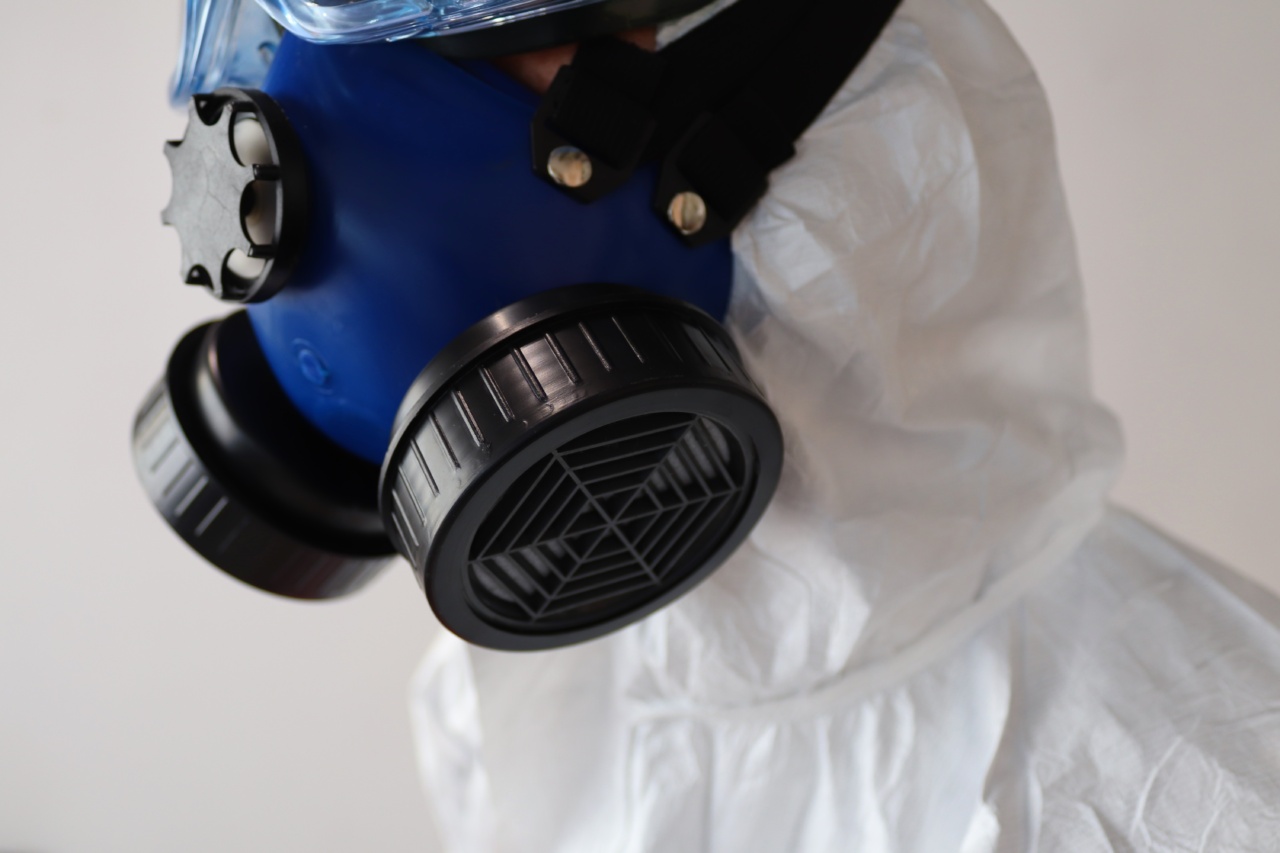African dust storms are a natural phenomenon that affects various parts of the world. These storms occur when strong winds lift dust particles from the dry desert regions of North Africa, primarily the Sahara, and carry them over long distances.
Dust particles can travel thousands of kilometers and have been found to reach as far as the Americas and Europe. While African dust storms may have various impacts, this article focuses on the respiratory risks posed by the inhalation of these particles.
What is African Dust?
African dust, also known as Saharan dust, refers to the fine particulate matter that is lifted into the air during dust storms in the Sahara region of North Africa.
The dust particles can be as small as 2.5 micrometers or even smaller, making them easily inhalable. These particles consist of a variety of materials including minerals, pollen, bacteria, viruses, and pollutants. They can also carry allergens, fungal spores, and other potentially harmful substances.
The Journey of African Dust
Once these dust particles are lifted into the air by strong winds, they can travel vast distances across the Atlantic Ocean and reach the Americas, including regions such as the Caribbean, Florida, and even South America.
Dust from Africa can also be transported to Europe, affecting countries like Spain, Italy, and the United Kingdom. The extensive reach of African dust makes it a global health concern.
Health Effects of African Dust Inhalation
Inhalation of African dust can have various respiratory effects depending on the composition of the particles and individual susceptibility. Some common health effects include:.
1. Respiratory Irritation
The small size of African dust particles allows them to penetrate deep into the respiratory system, reaching the lungs and potentially causing irritation. This can lead to coughing, sneezing, and a feeling of discomfort in the chest.
Individuals with pre-existing respiratory conditions such as asthma or chronic obstructive pulmonary disease (COPD) may experience worsening symptoms.
2. Allergic Reactions
African dust can contain allergens such as pollen, which can trigger allergic reactions in susceptible individuals. Symptoms can include itchy eyes, runny nose, and sneezing.
People with allergies or respiratory conditions like hay fever may be particularly sensitive to these allergens.
3. Respiratory Infections
African dust can carry bacteria and viruses, increasing the risk of respiratory infections. Inhaled particles may contain pathogens that can cause respiratory illnesses such as bronchitis, pneumonia, or even exacerbate existing respiratory infections.
4. Respiratory Inflammation
The inhalation of African dust particles can trigger an inflammatory response in the respiratory system. This can lead to increased mucus production, airway constriction, and difficulty breathing.
Inflammatory reactions may exacerbate symptoms in individuals with asthma or other respiratory conditions.
5. Cardiovascular Effects
Recent studies have suggested a potential link between the inhalation of African dust and cardiovascular effects.
Fine dust particles from Africa can enter the bloodstream through the respiratory system and cause systemic inflammation, potentially contributing to cardiovascular diseases.
Preventive Measures
While it may be challenging to completely avoid exposure to African dust, particularly in regions directly impacted by dust storms, taking certain precautions can help minimize the respiratory risks associated with inhalation:.
1. Stay Indoors
During periods of heavy African dust, it is advisable to stay indoors as much as possible, especially for individuals with respiratory conditions. Keeping doors and windows closed can help reduce the amount of dust entering indoor spaces.
2. Use Air Filters
Using air purifiers or filters with high-efficiency particulate air (HEPA) filters can help remove fine dust particles from the air inside homes or offices. These filters can capture even the smallest particles and improve indoor air quality.
3. Wear Masks
When venturing outdoors during periods of high dust levels, wearing masks that can filter out fine particles is recommended. N95 or N99 respirators can provide adequate protection against inhalation of dust particles.
4. Maintain Good Indoor Air Quality
Regularly cleaning and vacuuming indoor spaces can help reduce the accumulation of dust particles. Additionally, ensuring proper ventilation and avoiding smoking or burning materials indoors can contribute to better indoor air quality.
Conclusion
Inhalation of African dust poses respiratory risks due to the composition of the particles, potential allergens, and the ability of fine particles to penetrate deep into the respiratory system.
While complete avoidance of exposure may not be feasible, taking preventive measures and maintaining good indoor air quality can help mitigate the respiratory effects associated with African dust inhalation.































